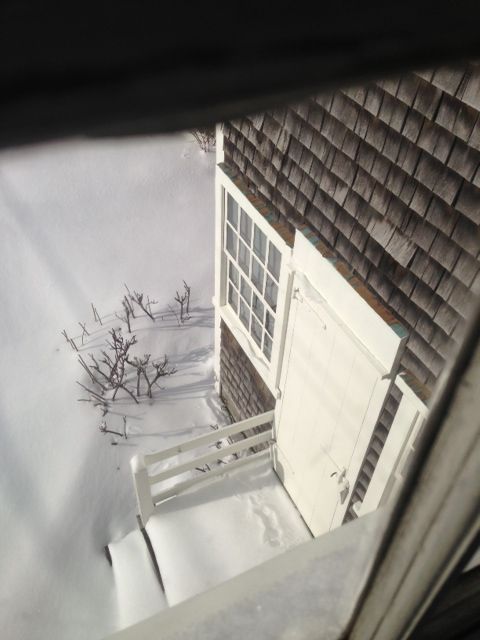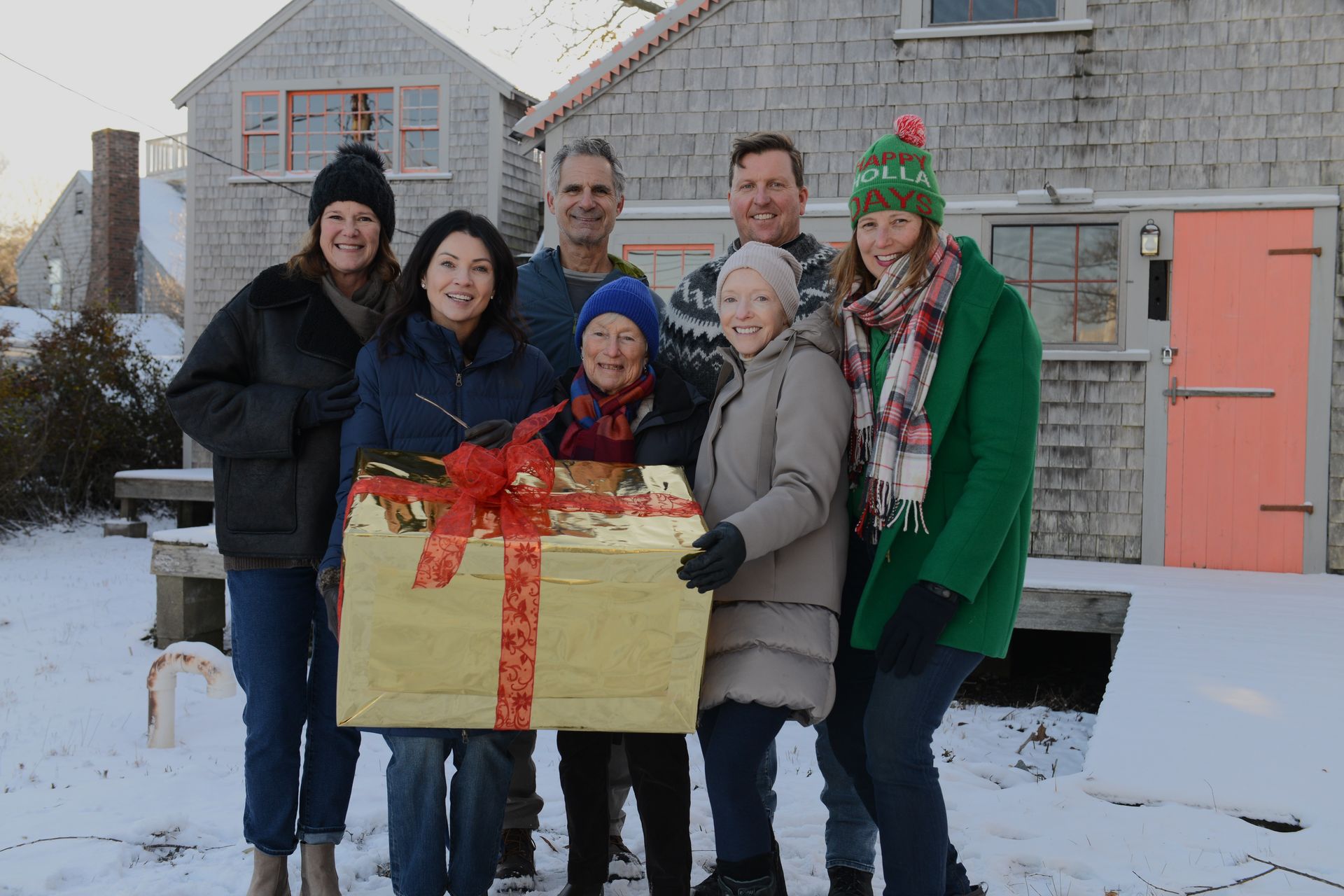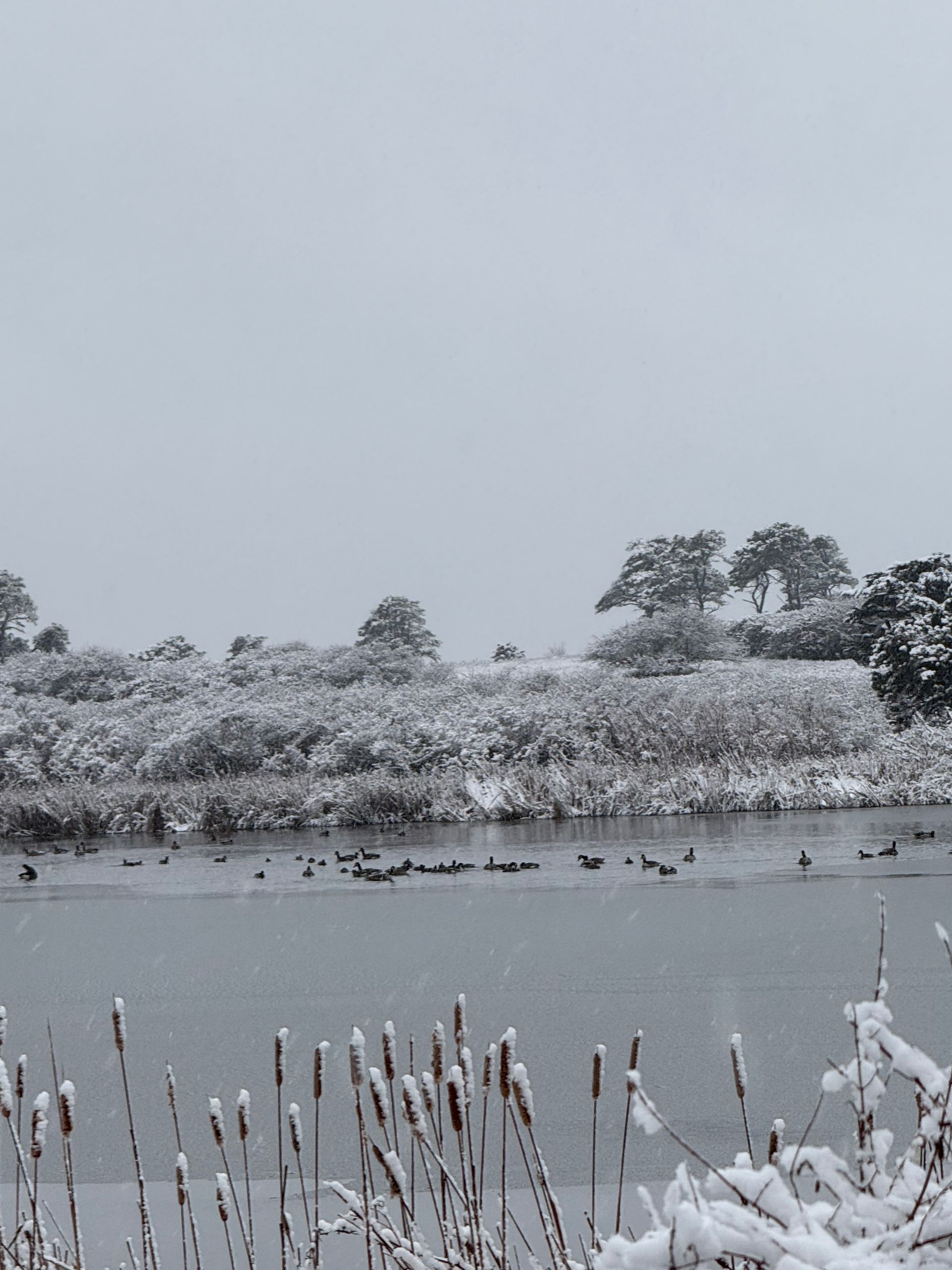Nantucket Maria Mitchell Association Welcomes Kike Calvo as Featured July Presenter.
NANTUCKET, MA— The Nantucket Maria Mitchell Association (MMA) announces Kike Calvo, award-winning photographer, journalist, and author, as its featured presenter for its July Speaker Series. Calvo’s presentation, "The Power of Creativity: A Journey Through Storytelling, Exploration, and Hope," will take place on Wednesday, July 23 at 7pm at the Nantucket Atheneum’s Great Hall. This event is free.
Join the MMA for an engaging evening with award-winning photographer, journalist, and author, Kike (Kee-Keh) Calvo. A Fellow of both the Explorers Club and the Royal Geographical Society, he has traveled to over 120 countries, photographing everything from belugas in the Arctic to traditional dances in Vanuatu. His work has been featured in National Geographic Magazine, The New York Times, Rolling Stone, and more.
In this engaging presentation, Calvo explores how creativity can be a catalyst for connection, storytelling, and meaningful change. From documenting remote villages to diving with great white sharks, from defying the odds as an author to inspiring thousands of children in the Amazon, Calvo shares the invaluable lessons he has learned along the way.
As a National Geographic Certified Educator and Safina Center Fellow (2020-2023), Calvo combines his passion for photography with teaching, having lectured at prestigious institutions such as Yale University. A pioneer in drone photography for art and conservation, he founded the “Little Explorer, Big World” initiative, which brings education to remote communities and has donated over 35,000 bilingual books.
Described by anthropologist Wade Davis as, "a fresh voice in visual anthropology," Calvo has a gift for capturing the intersections of human existence.
Calvo’s new book, Luminous: A Field Guide for Visual Explorers and Storytellers, isn’t just a book—it’s an invitation to slow down, look deeper, and photograph with soul. It’s a roadmap where photography meets presence, anthropology meets art, and storytelling becomes a path to connection.
Discover how creativity can illuminate pressing global issues—such as plastic pollution—and empower each of us to make a difference. This presentation is free and open to the public, graciously hosted for the MMA by the Nantucket Atheneum in the Great Hall. No registration required.
About the Maria Mitchell Association: The Maria Mitchell Association was founded in 1902 to preserve the legacy of Nantucket native astronomer, naturalist, librarian, and educator, Maria Mitchell. After she discovered a comet in 1847, Mitchell’s international fame led to many achievements and awards, including an appointment as the first professor of astronomy at Vassar College. Maria Mitchell believed in “learning by doing” and today that philosophy is reflected in the MMA’s mission statement, programs, research projects, and other activities. The Maria Mitchell Association operates two observatories, a natural science museum, an aquarium, a research center, and preserves the historic birthplace of Maria Mitchell. A wide variety of science and history-related programming is offered throughout the year for people of all ages.
###
For Immediate Release
July 14, 2025
Contact: Joanna Roche
jroche@mariamitchell.org
Recent Posts




